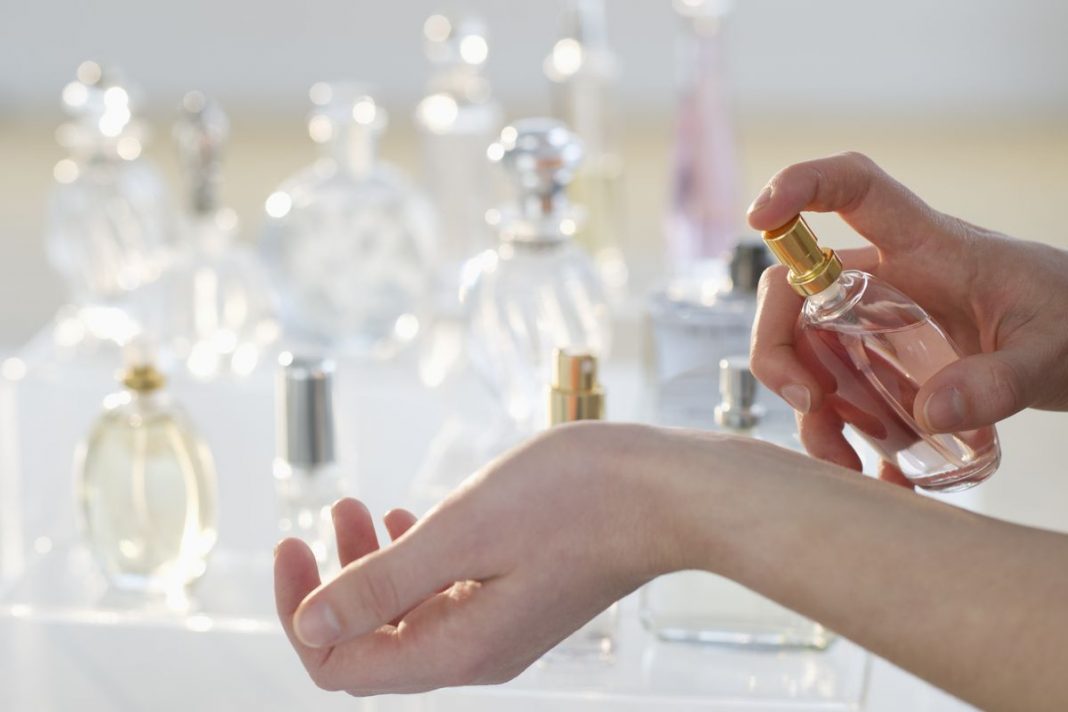Who wouldn’t want to smell good? This question is the lifeblood of most perfume brands nowadays. Notice how celebrities are in numerous pages of magazines luring you into buying bottles of perfumes named after them? Indeed, the perfume business is a booming industry today.
Perfumes are made from a mixture of different fragrant elements, which aim to give out a pleasant smell. Perfumes have long existed and are as old as the earliest civilizations. Perfumery was known to begin in ancient Mesopotamia and Egypt. Unlike nowadays, flowers were not used for perfume-making during those times. Different spices and herbs were used instead.
Perfumers would use intricate and exhausting methods to capture a single drop of perfume then. But with the help of today’s technology and techniques, perfumery production has had an overhaul.
Perfume Materials
Although perfume makers hardly reveal their secrets on how to create those enticing whiffs of pleasantries, it is common knowledge that perfumes come from a variety of materials such as a mix of flowers, fruits, musk, honey et cetera. Now perfumers need not search high and low for any plant material they’d want to use. Nowadays, plants are modified genetically to produce perfumes. Aside from these, synthetic materials have also been a choice for most manufacturers.
Perfume Making
Nowadays most manufacturers prefer to use perfume bases to avoid the most meticulous parts of perfume making. Although this may be the case, some would still prefer to sell their very own, scratch-built perfume. Perfumes like these are made by mixing fragrance oils into water and ethyl alcohol-free of unwanted sediments and that have been aged for a number of days.
However, other techniques guided by recent technology are now available for the sophisticated perfumer. Headspace technology, or aromascope, was developed in the 1980s. It now aids chemists to identify a gazillion of scents and fragrances that could be used to identify and reproduce unique and compelling smells from different materials such as plants and flowers. A device as simple as a glass bulb very well helps perfumers to make billions of dollars out of this industry. One simply has to put the plant inside the bulb and the device then logs the data that it acquires, allowing the production of reproducible data.
Synthetic Scents
The use of synthetic aromas, for some time, has been misconstrued. People would understandably think that anything natural would be less harmful, yet far more superior to anything synthetic.
However, it has been known that the use of synthetic chemicals by perfumers has been rampant for over a century, yet the differences are undetectable. And contrary to other beliefs, a synthetic aroma is less complex than its natural counterpart. That is why nowadays, perfumers develop their own synthetic elements that copy natural scents
Bottom Line
No matter how advanced technology gets. Perfumery is still fueled by talented and creative perfumers. The dedication, passion, and skill of someone who could bottle a mixture of different scents that could remind you of your happiest days is still an amazing occurrence that although technology can improve, but can never really replace.
